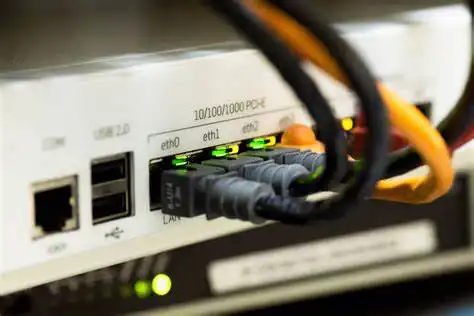Apprehensions about Data Privacy
With rising concerns globally about data privacy and security, every device and application is under scrutiny. There has been specific concern regarding iPhone applications, particularly those alleged to have the ability to extract data from user notifications. The potential of this process, in conjunction with worrying privacy disclosure practices, has led to tech analysts and users alike raising eyebrows.
Diving deeper into these claims, it becomes evident that the issue isn’t necessarily with the applications themselves, but with the very way Apple’s operating system handles notifications. Herein, we shall explore how the apps exploit this system to gather data and why it’s a cause for concern.

Understanding Alerts and Notifications
To comprehend how the data extraction occurs, one must first understand how iOS notifications operate. Every time an application sends a notification, it generates an alert carrying a variety of data. This data includes different information such as the sender’s name, message contents, and associated meta-data.
The system then stores this data within the 'notification center'. As Apple has designed it, this data remains accessible even after you’ve dismissed the notification. Consequently, it leaves a certain amount of your data exposed, which apps can then potentially access.
Primarily, the notification system was likely designed this way to support applications that require access to previous notifications. Weather apps, for instance, which need to keep track of temperature changes over the day, benefit from such provisions.
Where the Problem Lies
The principal issue comes into play when exploitative applications gain access to this notification data and harvest personal information. They can gather excessive amounts of data, such as message content and sender’s name, which can detrimentally affect the user’s privacy.
Furthermore, these applications do not necessarily disclose this data harvesting operation within their privacy policies. This lack of transparency raises significant concerns about the ethical implications of such an action. Users have the right to know where and how their personal data is being used!
Even more concerning is that as per current Apple guidelines, accessing notifications does not require explicit permission from the user. This leaves a backdoor for unscrupulous apps to mine data from these alerts.
The Threat to Data Both Big and Small
To illustrate the gravity of this problem, consider applications like Facebook. Because of its enormous user base, even seemingly insignificant data, when aggregated, can reveal specific patterns and trends. Hence, even 'harmless' message content can become a potential goldmine if used for targeted advertising or even more sinister purposes.
Equally impactful can be smaller, more personal data points. Consider that a personal messaging app might show names and part of the message within the notification. Applications accessing and harvesting this data is a gross violation of user privacy.
Moreover, applications can not only extract data from their notifications but from those of other apps too. This dual-blade potentiality brings with it potential privacy nightmares.
Addressing the Concerns
Information regarding this loophole and the potential security breaches it presents, have drawn exists of concerned voices from across the tech community. Cybersecurity experts and privacy advocates alike have expressed their apprehension, urging immediate action to rectify the situation.
Importantly, this issue also highlights the importance of educating the general public about their data rights. Users must know not only how to protect their data but also how they can demand transparency from application developers and companies.
The data extraction issue can perennially persist unless Apple reforms the notification data storage system. The tech giant must also introduce stricter guidelines regarding permission-based notification access, besides pushing for more explicit disclosure in privacy policies.
What Lies Ahead
In the larger landscape of data privacy, this issue is but the tip of the iceberg. The egregious violation of privacy through data leaks, both intentional and unintentional, is becoming increasingly prevalent. Regulations such as Europe's GDPR are steps in the right direction, but compliance from tech companies remains a crucial aspect.
The developers, users, app stores, and tech regulators must all work together to ensure that user privacy remains uncompromised. Looking forward, addressing and rectifying these systemic vulnerabilities will be pivotal to maintaining the global tech ecosystem's trust.
The subject of data privacy, especially when associated with popular devices such as the iPhone, levitates the issue to mainstream discourse. Let this be another ringing call to action not just for Apple but for those throughout the tech industry.
As the industry moves forward in technological advancement, a parallel evolution must occur in terms of ethics and privacy. Only then can we enjoy the conveniences of our devices without worrying about the hidden costs of compromised privacy.